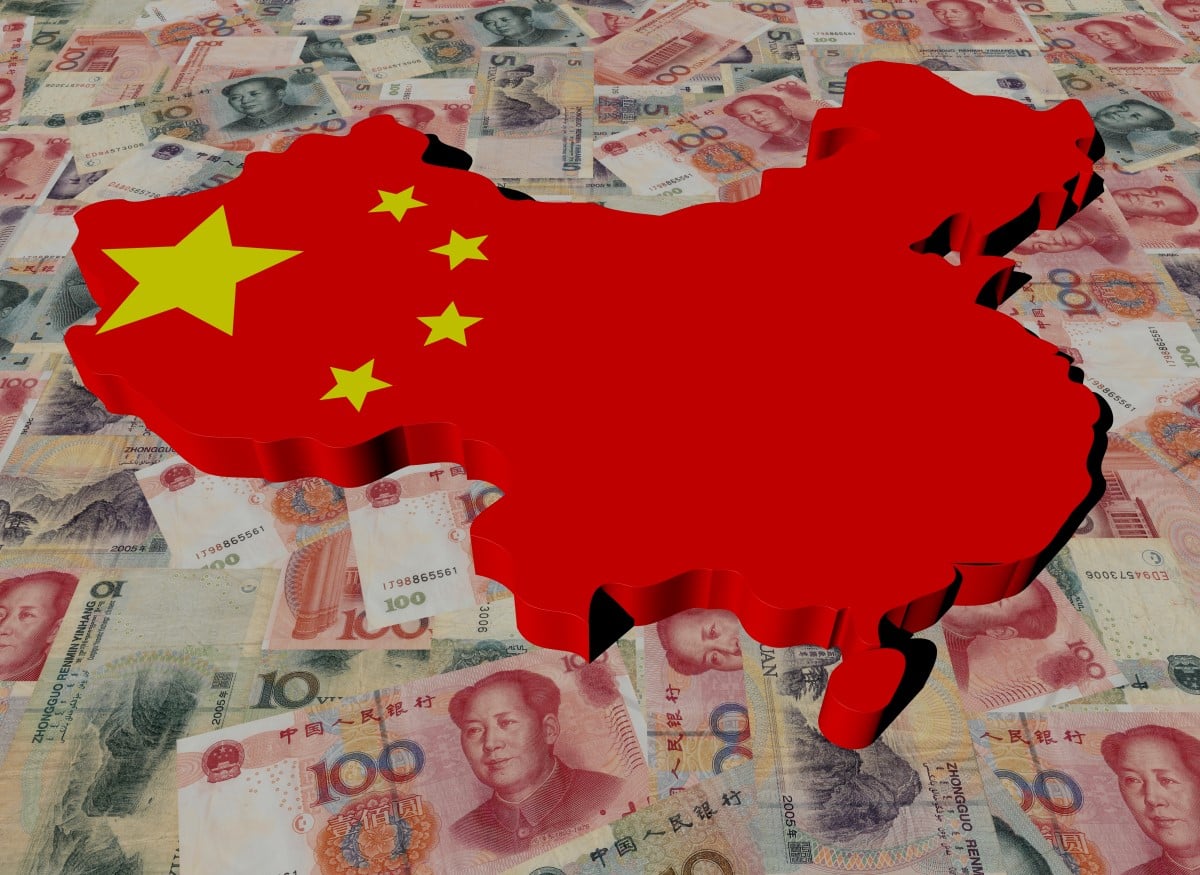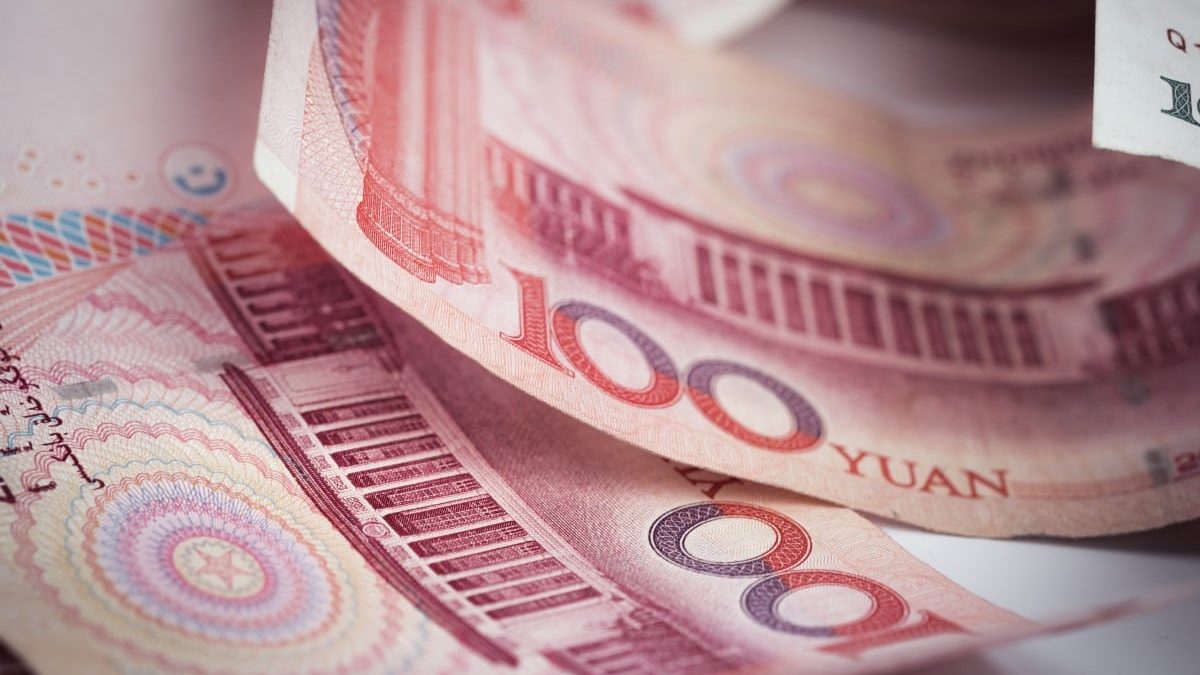
Navigating the Complex Landscape of China’s Currency in 2024
China’s economic landscape is a tapestry woven with various threads, and at the center of it all is the yuan. In 2024, analysts predict a continued weakness of the yuan against the US dollar, despite the high expectations of an interest-rate cut from the US Federal Reserve. This article dives into the intricacies of the yuan’s performance, shedding light on the factors contributing to its vulnerability and the potential implications for global markets.
The Yuan’s Rollercoaster Ride in 2023
In the ever-shifting world of currencies, the yuan embarked on a rollercoaster ride in 2023. Starting the year with a loss of as much as 6.2% against the US dollar, it weakened past 7.3 in September and again in October. The pressure on the yuan has somewhat eased, settling around 7.13 to 7.16 against the US dollar in recent weeks. This downward trend raises questions about the factors influencing the yuan’s performance and its resilience against external pressures.
In a groundbreaking move to foster cross-border use of the digital yuan, tourists hailing from China and Singapore will soon have the convenience of utilizing the e-CNY in a new pilot program. The initiative, a collaborative effort between the Monetary Authority of Singapore and the Digital Currency Institute of the People’s Bank of China (PBOC), marks a significant step forward in Beijing’s ongoing efforts to promote widespread acceptance and adoption of the digital currency. The move to allow the use of the e-CNY for tourist spending underscores the practical applications of digital currencies beyond borders. With this initiative, both Chinese and Singaporean tourists will have the opportunity to experience the seamless integration of digital payments into their travel routines, offering them a more efficient and secure means of conducting transactions.
As the world witnesses an ongoing shift towards digital currencies, the collaboration between Singapore and China in this pilot program serves as a testament to the adaptability and forward-thinking nature of financial authorities. The initiative not only aligns with the broader global trend of embracing digital currencies but also positions both countries at the forefront of innovative financial solutions.
Interest-Rate Differentials: A Double-Edged Sword
A significant contributor to the yuan’s weakness is the substantial interest-rate differential between China and the US. This gap has exacerbated capital outflow from yuan-denominated assets, especially since the US Federal Reserve initiated a benchmark rate hike in March last year. The looming expectation of an interest-rate cut from the Federal Reserve raises hopes for China to ease its capital-outflow pressure. However, Zhang Ming from the Chinese Academy of Social Sciences suggests that the US central bank may delay rate cuts, citing a possible rebound in energy prices and a tight labor market.
Yuan to GBP: Navigating Exchange Rates
As we explore the intricacies of the yuan’s performance, it’s crucial to consider its exchange rates against various currencies. The yuan to GBP relationship becomes particularly significant. Investors and businesses keen on international trade closely monitor these rates, as they can have profound implications for cross-border transactions. Understanding the dynamics of yuan to GBP can provide valuable insights into the broader economic landscape and help stakeholders make informed decisions.
Key Risks on the Horizon: Fiscal Expansion and Property Markets
Two key risks loom on the horizon, casting shadows over the yuan’s stability. Weaker-than-expected fiscal expansion and a further contraction in the property market are potential triggers for increased pressure on the yuan. A prolonged slump in the housing market could ripple through the economy, impacting consumption and potentially triggering financial risks among small to medium-sized banks. As the Chinese government navigates these challenges, the yuan finds itself at the mercy of economic uncertainties.

Global Perspectives: De-risking and China-Plus-One Strategy
Ding Shuang, chief Greater China economist at Standard Chartered Bank, sheds light on the global perspective influencing the yuan’s trajectory. “De-risking” efforts among multinationals have played a crucial role in diverting investments away from China. Many foreign firms are adopting a China-plus-one strategy, seeking to manage risk by diversifying their operations across China and another nation. This strategic shift has implications not only for China’s economy but also for the global economic landscape.
The Yuan’s Journey Ahead
We peer into the crystal ball of global economics, the fate of China’s yuan remains uncertain. While the expectations of a US interest-rate cut provide a glimmer of hope, challenges such as fiscal expansion risks and property market contractions keep the yuan on shaky ground. Investors, businesses, and policymakers must closely monitor the yuan to GBP dynamics and navigate the complex interplay of factors influencing the currency’s journey in 2024. The yuan, a crucial player in the global economic symphony, continues to dance to a tune composed by the delicate balance of economic forces.
The post Navigating the Complex Landscape of China’s Currency in 2024 appeared first on FinanceBrokerage.

